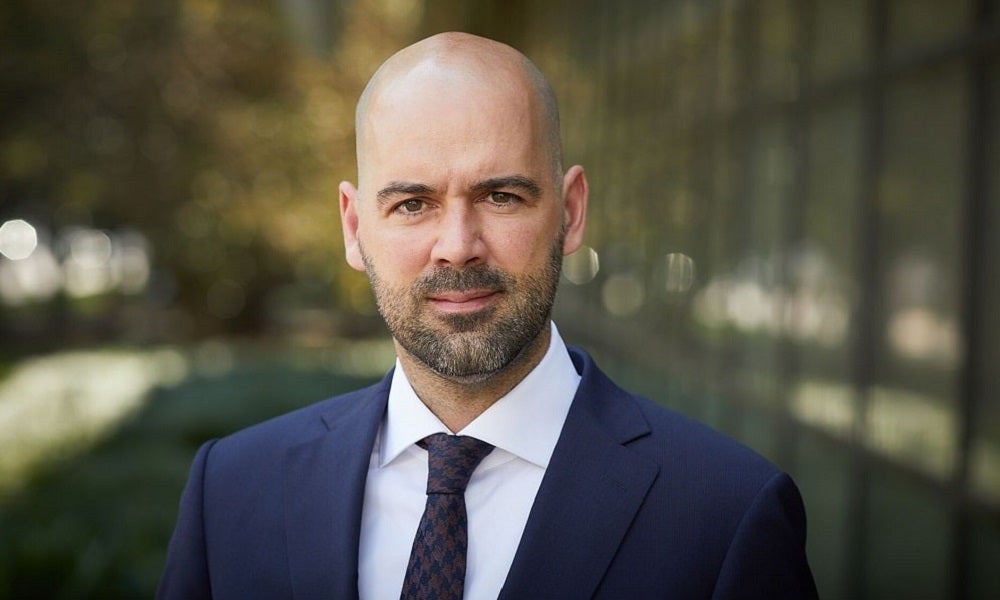Three key principles for improving visibility through the fog of AI
Where do companies start in the race that artificial intelligence (AI) has created? UNSW Business School Dean Frederik Anseel says there are three key principles to follow
You're a business leader. You realise that artificial intelligence (AI) can change your entire business model. However, predicting what this AI future will look like is like reading tea leaves. You feel that your company 'must do something with AI'. You read everything you can get your hands on. Social media is full of spectacular examples, but they're far removed from your business. Future scenarios point in all directions. The CEOs of OpenAI, Google DeepMind, and Anthropic predict that artificial general intelligence (AGI, or AI that can perform virtually any cognitive task) is within reach.
Daniel Kokotajlo, a renowned AI researcher, makes headlines with 'AI 2027', a doomsday scenario predicting that AI will take over the world and keep humans as pets. But there's also Arvid Narayanan, computer scientist at Princeton University, who states in his study 'AI as Normal Technology' that it won't be so dramatic after all.

What do you do today? Doing nothing means falling hopelessly behind. You need to start running, now, immediately, even if you can't see your hand in front of your face. Running in dense fog is the metaphor. Where to and how fast do you start running? It's not just about the right direction, but also about timing. Countless companies had the right idea but didn't survive the dot-com crisis because they were right too early. Here are three principles for companies that dare to run in the fog.
Everyone on AI
One: everyone must participate. Many people already use generative AI (GenAI) but prefer to do so under the radar. As an organisation, you can't learn that way. So, make it visible. Give everyone access to AI tools and training. Be clear that you expect everyone to use GenAI at work. Let people suggest AI tools you haven't heard of yet. Organise competitions where people can improve their own jobs through AI. Give rewards, recognition and promotions for every impactful improvement at work.
Read more: How do you show leadership in volatile times?
AI is a technology that enables innovation at all levels and across the entire organisation. As a business leader, you especially don't want to control it at the beginning. Let it go, encourage people, and give public rewards. Avoid general training and focus on the work itself. You want employees to realise they can shape both their own future, their individual jobs, and the functioning of the company.
NO external consultants
Two: switch off your reflexes toward 'change management'. Do NOT bring in external consultants. Avoid a working group or council of experts to determine the model for the entire organisation. These traditional approaches to technology are too slow and too centralised. Chief Information Officers are probably not the people to organise AI innovation. They often have too little insight into how jobs function on the work floor.
The future of AI is not about technology, but about people. Anyone who uses the word 'roll out' must put $10 in the swear jar. A company's automatic responses are too focused on safety and control and kill AI innovation before it gets a chance. Give teams the freedom to experiment. Give them the assignment to figure out for themselves how they can improve their work. Guidelines around safety and ethics are, of course, appropriate.
Subscribe to BusinessThink for the latest research, analysis and insights from UNSW Business School
Develop muscles
Three: accept that AI technology is still in full development and that it's nonsensical to aim for a definitive model already. Experimenting together today allows you to develop muscles to make the leap faster when the moment of truth arrives. That moment of truth will be different for each organisation. For one, it means they will deliver a different service or product to the customer. For another, it means a reorganisation where people focus on more important tasks for which they currently have no time. The collective experiment allows the fog to lift. You'll see good practices emerge that you can scale up for the entire organisation. If you don't develop those muscles now, you can't keep up in the final sprint. Start to run!
Frederik Anseel is a Professor of Management and Dean of UNSW Business School. He studies how people and organisations learn and adapt to change, and his research has been published in leading journals such as Journal of Applied Psychology, Journal of Management, American Psychologist, and Psychological Science. A version of this post was first published in De Tijd.
